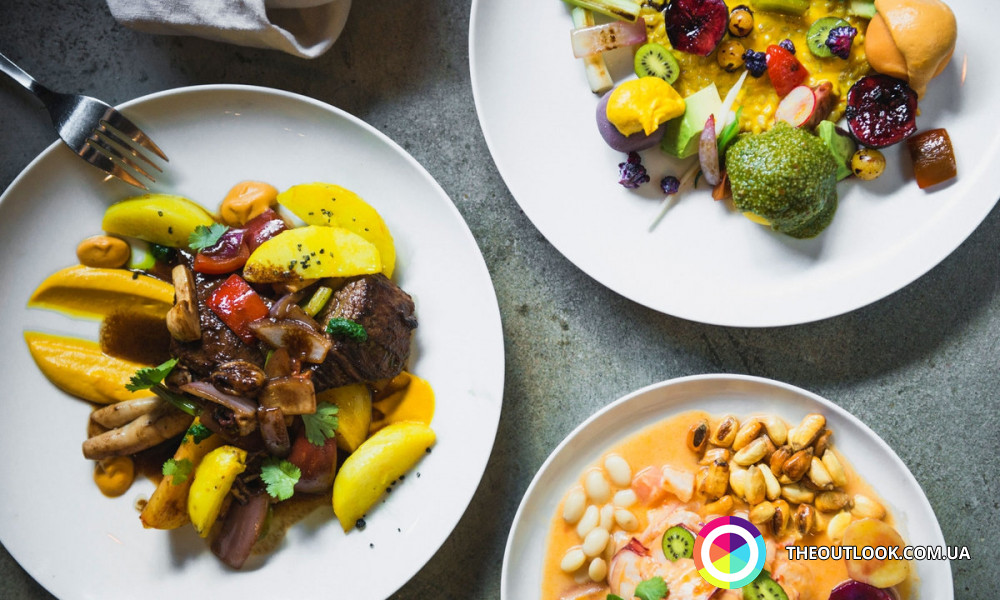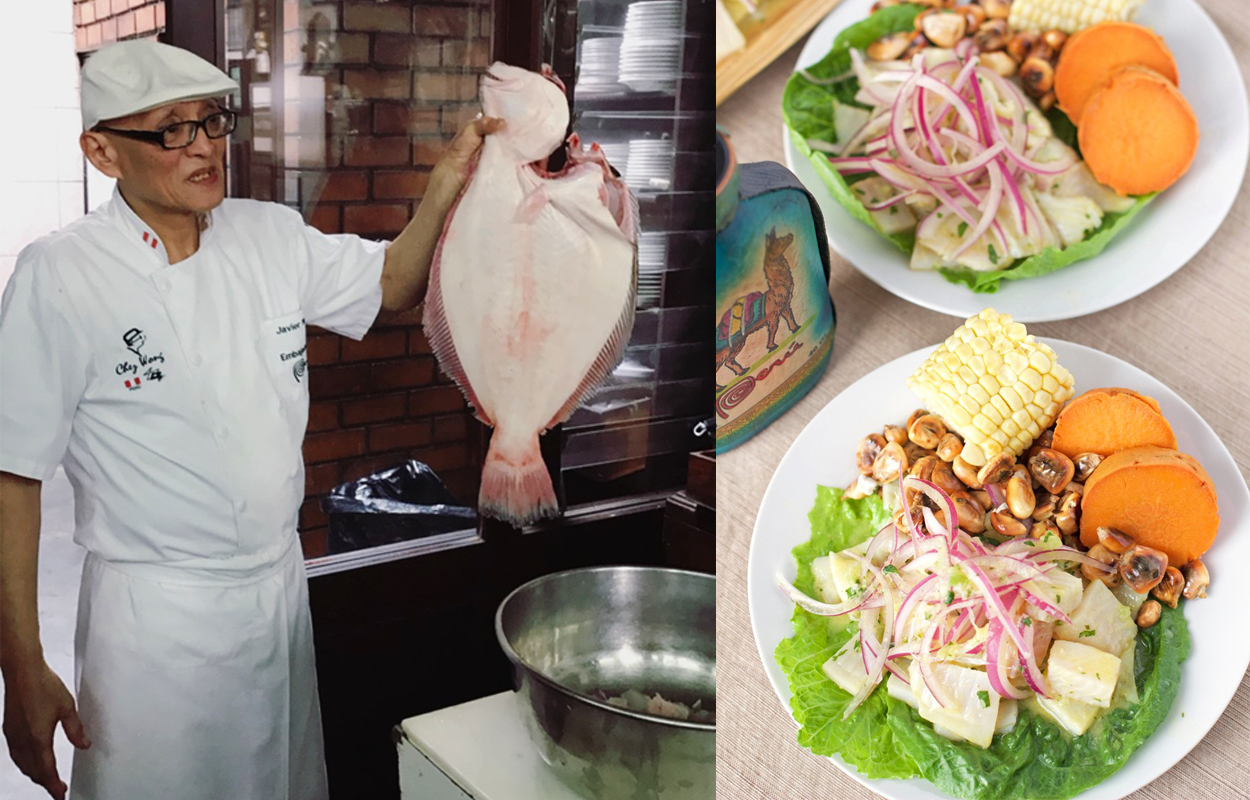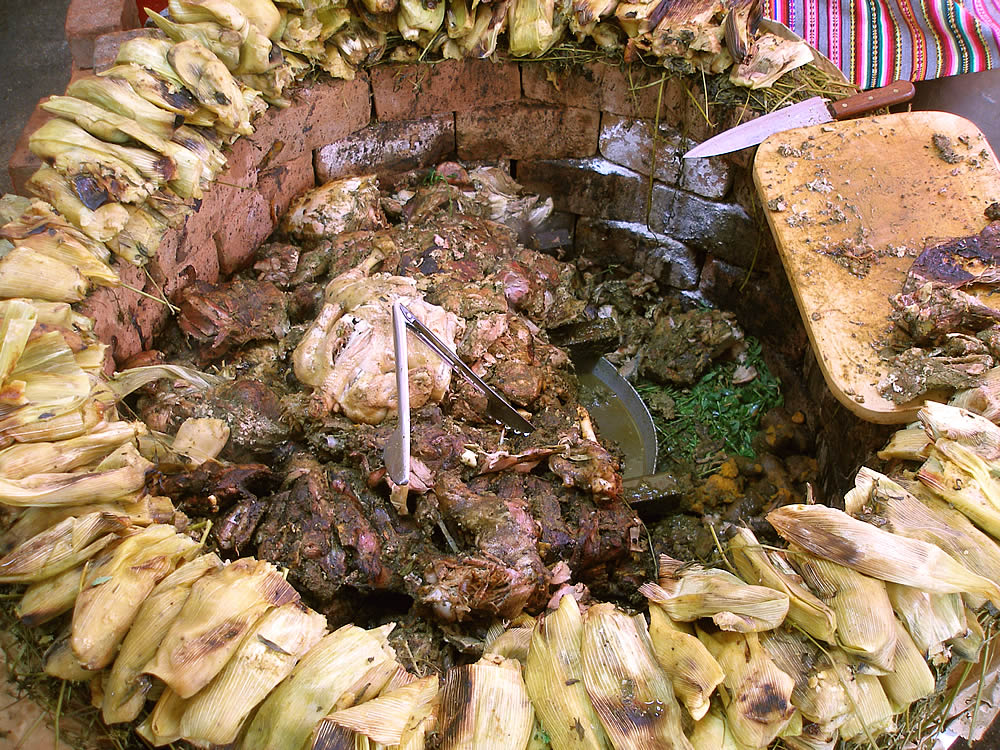Gastro Peru through the eyes of the ukrsinisn restaurateur Anna Kozachenko


Photо: upgrade-yоurself.com.ua
Peru's modern-day cuisine has recently become a popular gastronomic trends. I visited many restaurants of Peruvian cuisine, especially in London, so I was looking forward to meet authentic Ceviche (finely chopped raw fish marinated with lime juice and onions), the most famous "export" culinary flagship of Peru. However, having arrived in this bright and beautiful country, almost immediately I realized that though Ceviche is delicious, but it is not the only one speciality of the local chefs, since they know how to surprise with other dishes.
Culinarily speaking, this country is divided into 3 large sections: Kostenya (coast), Andina (mountain regions) and De la Selva (Amazonia). I happened to visit only the first two regions, although I still tried a couple of dishes originating from the latter region in Amaz restaurant in Lima. The main difference between the coast and mountain regions is in the basic ingredients: fish and seafood vs meat. I, as a person who has not eaten meat for a long time, preferred the first option. I was much impressed by Choritos a la Chalaca - a traditional Peruvian mussel snack; Causa - a cold appetizer of yellow potatoes (in Peru there are more than 1000 kinds of potatoes, it seems, it is the key ingredient of everything!) pared with yellow pepper and tuna; Chupe de Camarones - shrimp soup; and, of course, Sudado de Pescado - "sweaty fish", stewed with vegetables. Yet, it is impossible to forget delicious drink Chicha - maize beer which was brewed back in the Inca era.
For all that, in whatever region of this country you are, you understand that in spite of all the historical wealth of cuisine and fantasy of local chiefs, the Peruvians clearly have a cult of their Ceviche. One of the chefs, who conducted a cooking master class for us, said that there are as many recipes for Ceviche in Peru as there are people, because everyone cooks it at home, each in his own way, and everyone thinks that his version is the best.

When it comes to expensive restaurants, the price of the main course ranges from 20 to 50 dollars; in medium-sized establishments where local people have lunch, it is 10-20 dollars. In places like Astrid&Gaston and Centrale you will be offered a tasting menu of 7-12 dishes for 250-300 dollars. Peru, like many countries in Latin America, is a rather poor country with a low standard of living and a high crime rate. Do not expect to see well-organized and neat megacities or cosy towns with beautiful infrastructure. Restaurants are more about food, not about design and service. Many of them are not clean enough by our standards, the service is also very mediocre. Peruvian cuisine reflects local practices and ingredients, it is more focused on freshness, seasonality and utterly uniqueness.
NOTHING IS LACKING FOR COMFORT: PERU TRAVEL TIPS
As for street food in Peru, it pulls rank and is quite diverse. Through numerous food carts, it is distributed and sold by street vendors right on the road, at traffic lights, at pedestrian crossings. They offer all kinds of flat cakes, mostly made of maize - Churros, banana chips, different dishes from potatoes, cutlets with pepper sauce, even Ceviche is sold right on the street! Fruit juices and smoothies are popular in the markets. Food is generally cheap, it is designed for locals, so one can have satisfying and tasty lunch in the streets of Lima at just 1.5 - 5 dollars. At the same time, especially in tourist areas, it is easy to find famous world franchise fast food. Peruvians say that this is because of the large number of American tourists - even though they taste new delicacies on vacation, are more likely to prefer the usual burgers.
On this trip I made many big and small discoveries for myself. For instance, the Peruvians eat a lot of chicken and potatoes, and also delicious giblets! Potatoes are a story of its own. Be sure to go to local markets, it will be interesting even to those who are not related to gastronomy. You will see many new things like hundreds of varieties of potatoes of all shapes, colours and sizes. Here is almost the same number of types of corn and many more delicious tubers. Many dishes of local cuisine simply cannot be fully replicated in other countries just because of these local products, which are almost not exported.
Another discovery: the main seasoning in Peru is peppers! Classic edible jewel and the gastro soul of Peru is aji Amarillo - a small spicy yellow pepper, which is added to almost all the basic sauces. It is important to keep in mind that the strongest influence on Peruvian cuisine in due time was rendered by Chinese and Japanese culinary traditions. Many immigrants arrived in Peru from Japan and China in the middle of the 19th century and brought their culinary customs with them. So, for instance, Chifa was formed - Chinese food in the Peruvian manner.
The discovery that strikes me always and everywhere during trips, both as a restaurateur and as a tourist - I believe that it is necessary to try everything and always. The more we try and learn, the more we develop. So even if you do not like a dish or a drink, having tried it, you will know exactly what it tastes like, and maybe someday this experience will come in handy, and it is just useful to develop your taste. Personally, in Peru I did not sample only guinea pig Cuy because I felt that this dish caused me unpleasant emotion. It has become very touristy, they open guinea pig’s mouth and do not remove the head, so it looks creepy. This is more a dish for a photo than for pleasure.

None of those who ate it in my presence said that it was very tasty. Therefore, my most vivid impressions of the "completely unusual" type in Peru were the giant Amazonian snails in the restaurant Amaz in Lima and Pachamanca - literally "pan from the ground", a dish that is cooked in the ground on hot stones, consistsof three different kinds of meat, potatoes and other root vegetables wrapped in banana leaves.

Photо: Anna Kozachenko, rаppelletoidesmets.fr
Main photо: pilоtmadeleine.de


















